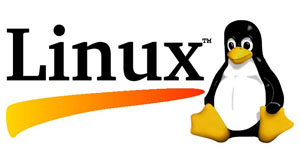Open source software
Linux operating system
 Linux is an operating system that has evolved because of the disadvantages of MINIX. Linux is named after its founder Linus Torvalds. While he was studying at the University of Helsinki, he was more interested on operating systems but got tired of MINIX OS that was available at that time.
Linux is an operating system that has evolved because of the disadvantages of MINIX. Linux is named after its founder Linus Torvalds. While he was studying at the University of Helsinki, he was more interested on operating systems but got tired of MINIX OS that was available at that time.
MINIX provided a license, which limited it to educational use only. That made him work on his own operating system, which eventually became Linux. Linux systems are used in almost every domain from embedded systems to super computers. Because of its most popular LAMP application stack, Linux has also secured a place in server installations. Also Linux has the least down-time.
There are certain cases where linux servers are run for more than a year without re-booting. It just needs a brief period of rest for maintenance purposes. Linux can be installed in a desktop or a server in just a fraction of amount that other software companies would cost. Because of its low cost, recently Linux is gaining importance even in household PC’s. Another reason for its success is the reliability and robustness provided by it. It provides for a high performance network, which require low latency and comes in handy for scientific computing purposes.
The smart management is another add-on that manages and updates the Linux systems using Red Hat network satellite. Another notable add-on is the resilient storage add-on by which a clustered file system can access the same storage device over a network. Various local and national governments have supported linux, which adds for its popularity.
Development of the linux kernel depends upon the Free Software Foundation, led by Richard Stallman, and the third-party non-GNU components, which are developed by individuals and corporations. The latest stable release has been the kernel 3.6 released on September 30, 2012.
